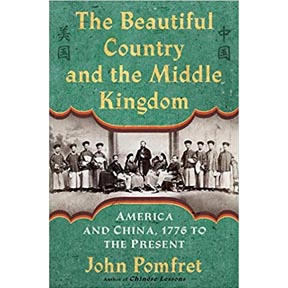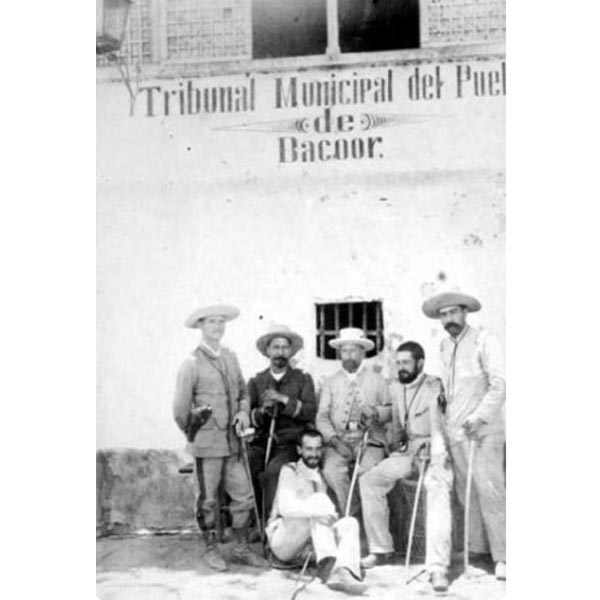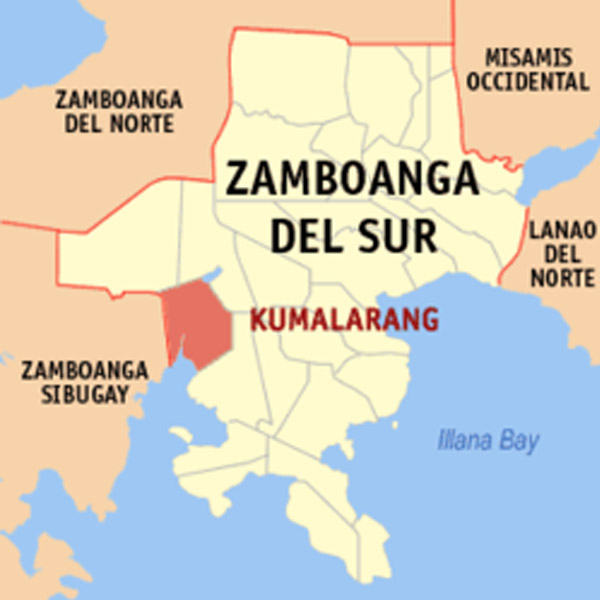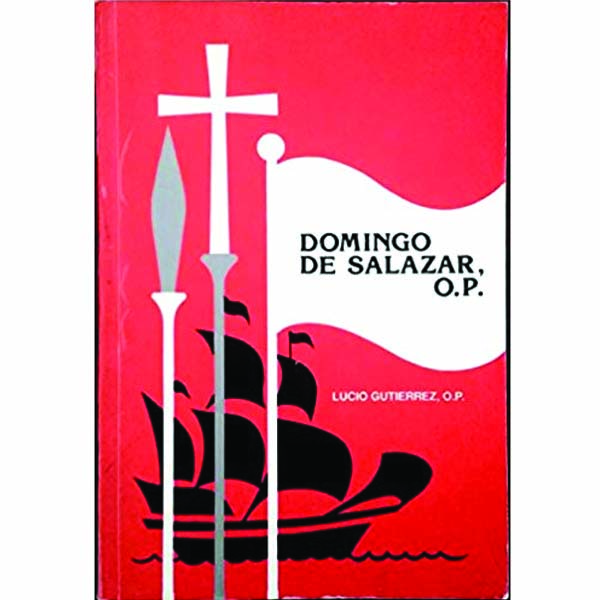John Pomfret’s The Beautiful Country and the Middle Kingdom: America and China, 1776 to the Present (2017) contains a lot of historical material about the Philippines, although it is mainly a history of America and China. America in Chinese is 美國, which literally means beautiful country (美 mei in Mandarin, bi in Hokkien; 國 guo […]
PH in between US and China









